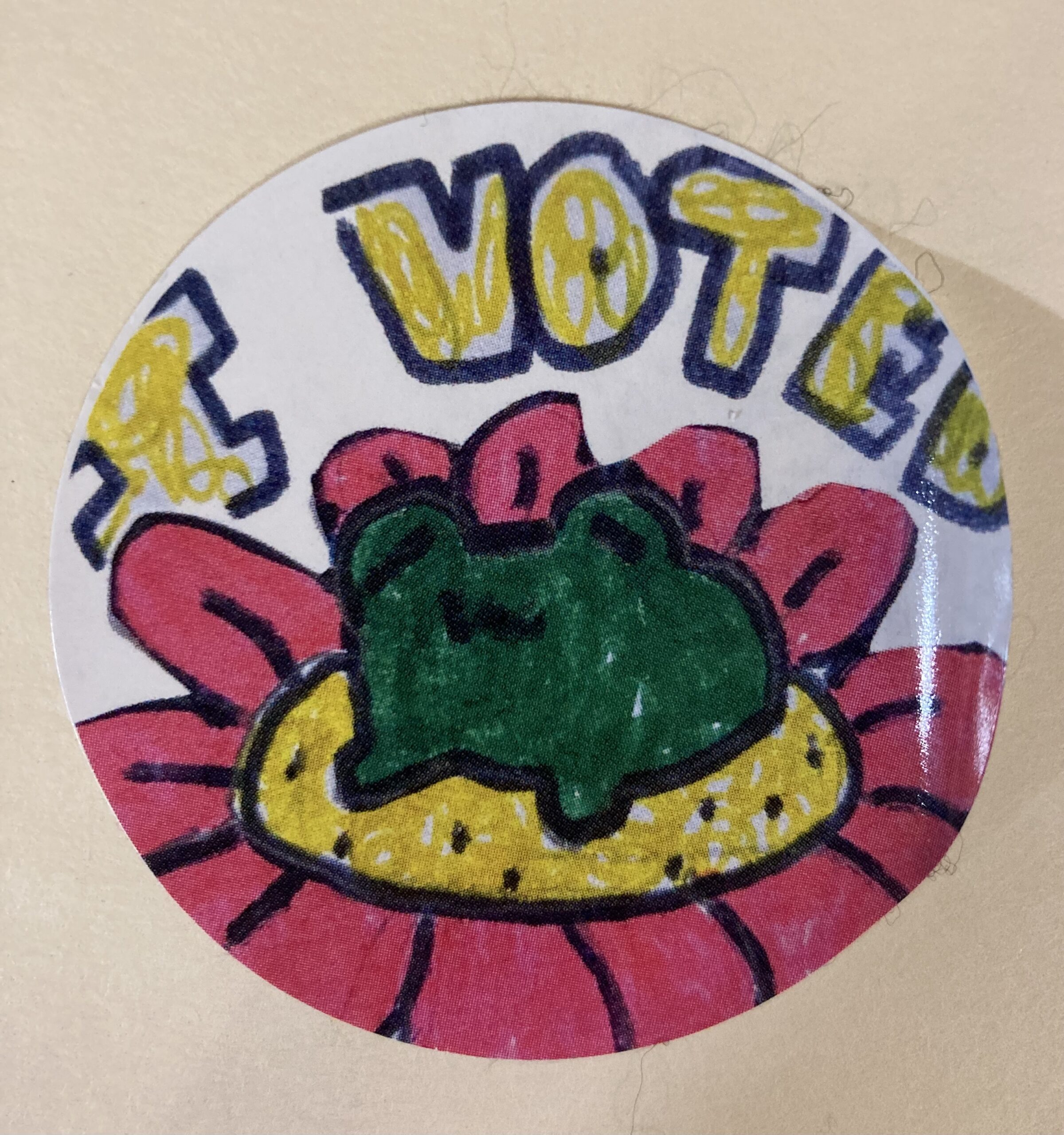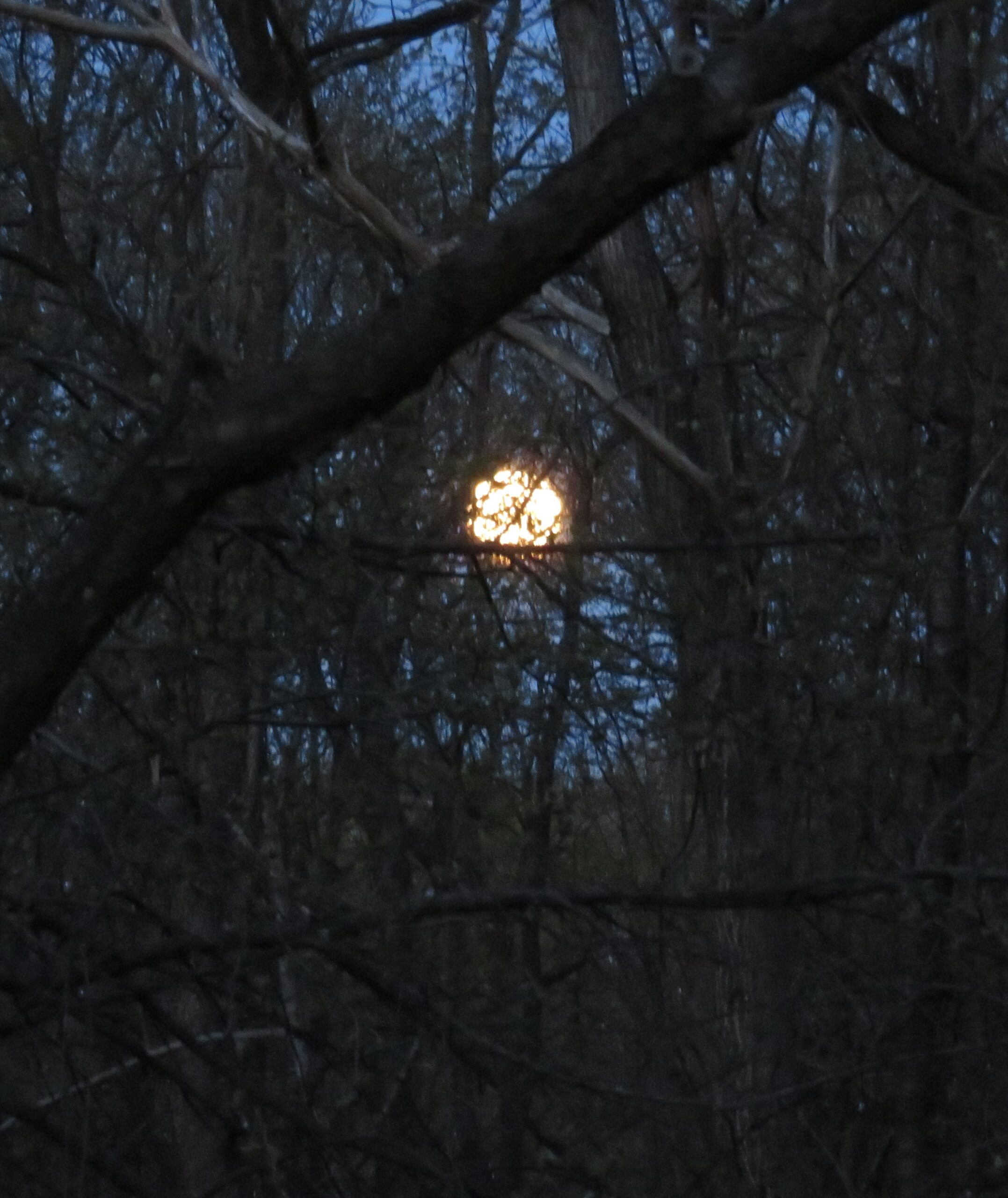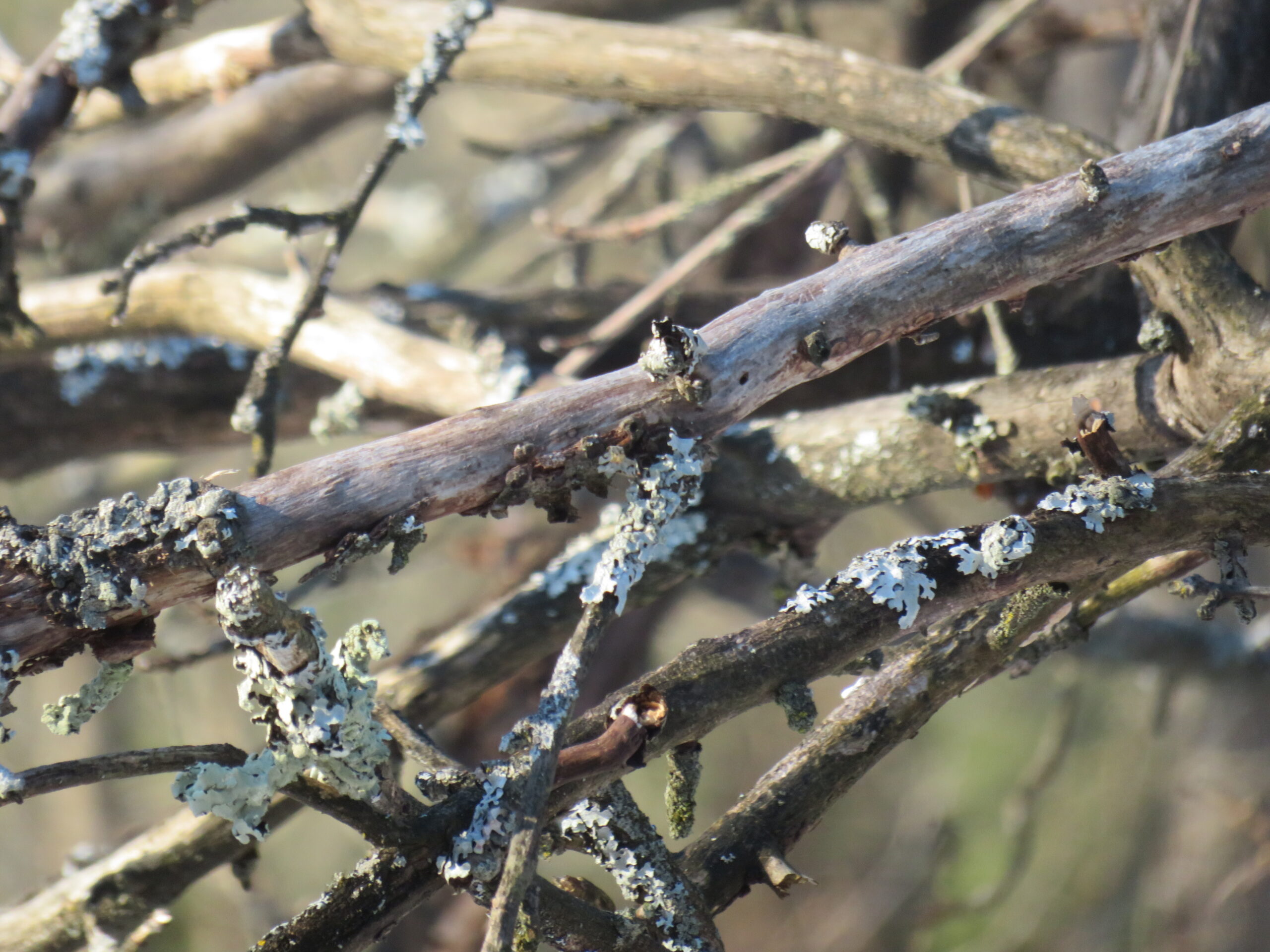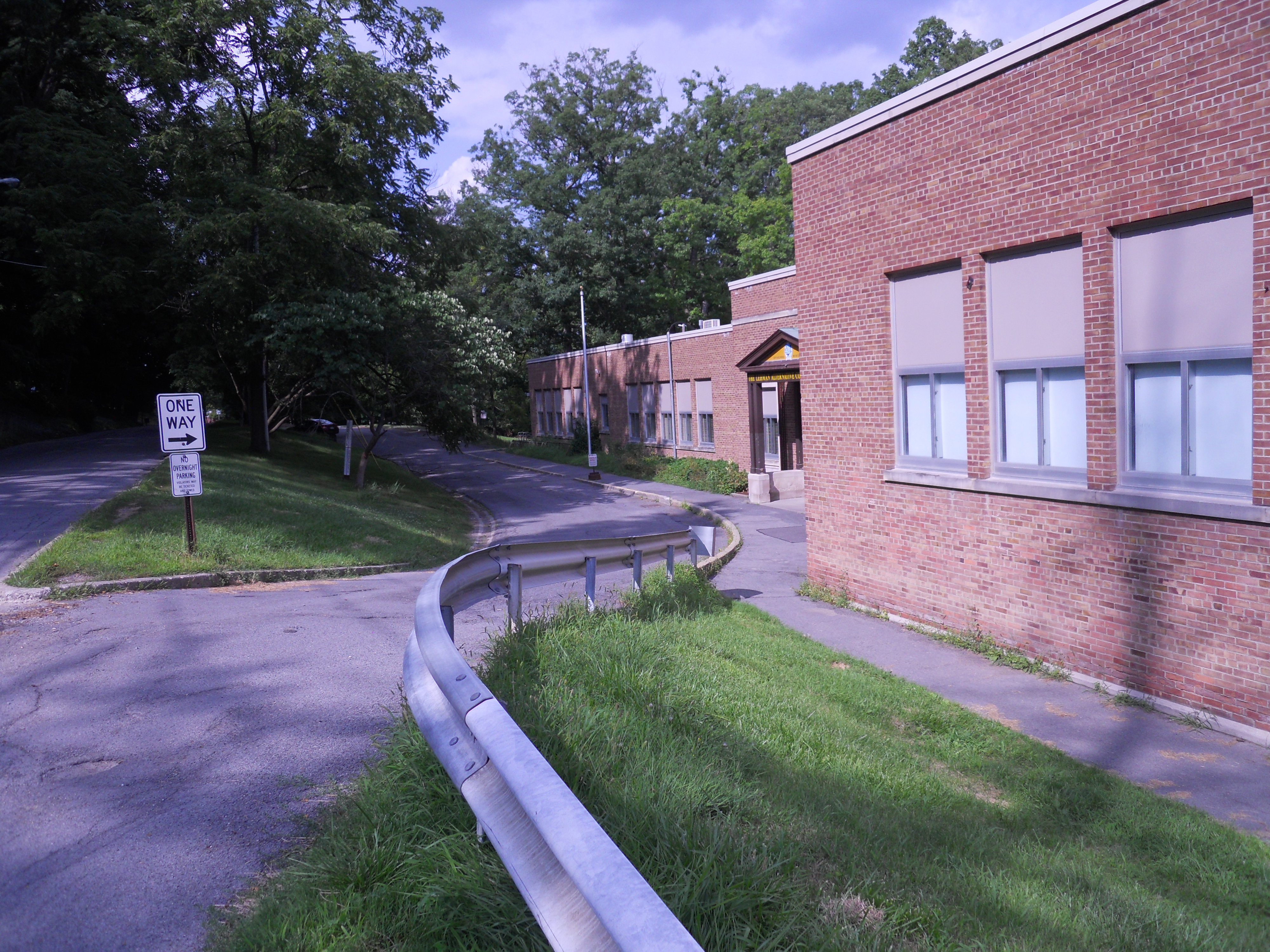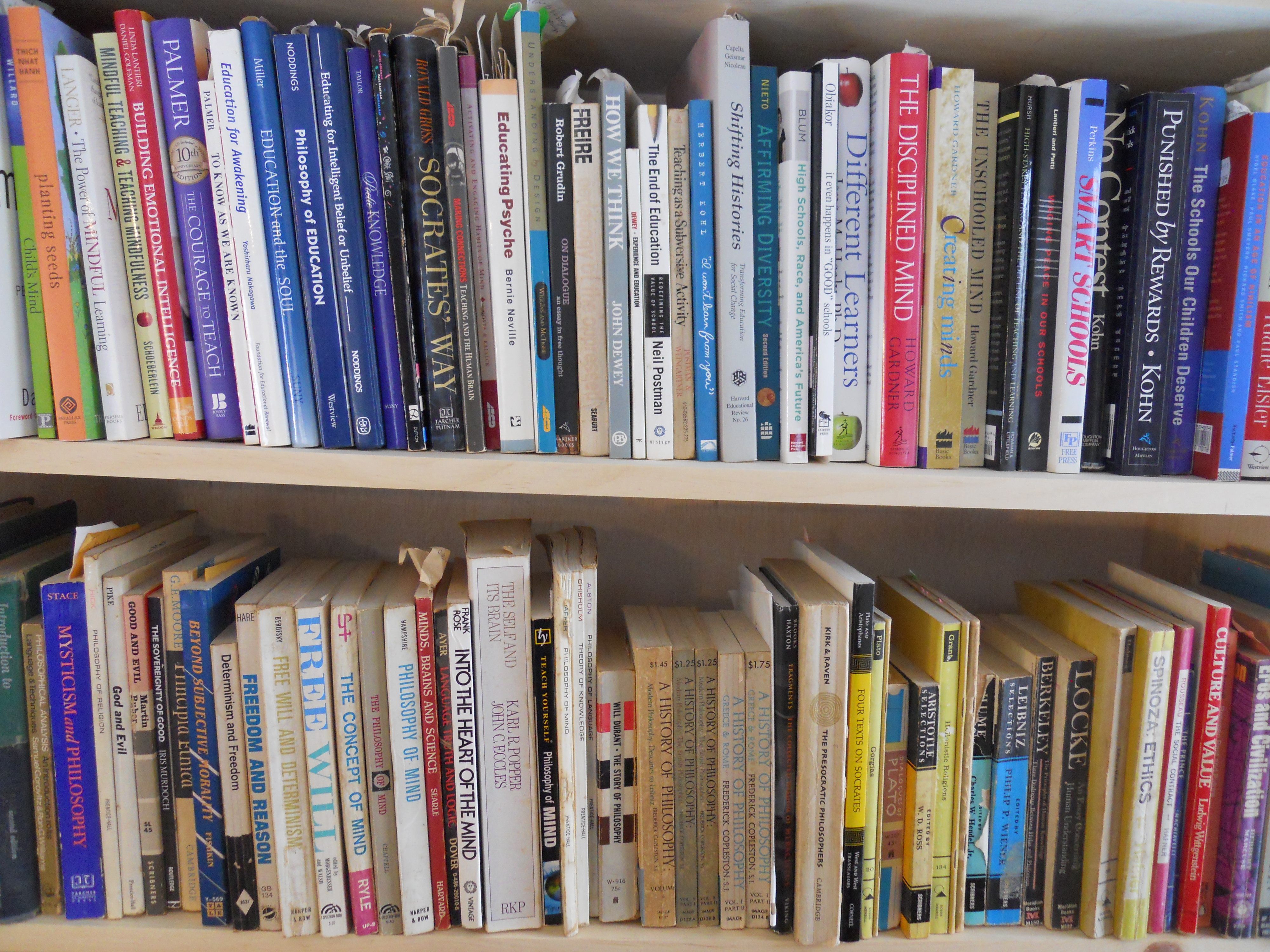“The mind is the forerunner of all things,” said the Buddha in the collection of sayings called the Dhammapada. We are led by our ideas, not just our emotions. Our mind, our way of thinking guides every element of our lives, what we feel, what we value, what we imagine is possible, and how we relate with others.
One word or idea that is so important to understand in today’s world is freedom. The word and what it represents is at the heart of our national anthem; “the land of the free and the home of the brave.” It reminds us of the sacrifices people made for freedom and for the survival of a nation, for resistance to an invader and the preservation of a freedom from external control over us.
But our understanding or misunderstanding of that word can cause us to lead a life that imprisons or liberates us; that hurts us and others or one that enriches us. And we see the hurtful way of understanding the word expressed daily by politicians and the news media in this country. Because the freedom from which the national anthem primarily expresses is what philosophers call negative freedom; this might be a necessary condition for us to have physical control over our lives but is not sufficient for us to feel liberated.
This was recently made so much clearer to me when I started reading a book by historian Timothy Snyder called On Freedom. The subject is one we have all probably thought about in different ways at different times in our lives.
Americans are told that freedom was given to us by the Founding Fathers. But freedom cannot be given, says Snyder. A country isn’t free; people are free. If we think of freedom as only freedom from outside sources of control or threat, then we can be convinced we need to sacrifice freedom for security. We can think the personal and political situation is always us separated from and against the world and we become habituated to always rating ourselves in opposition to others, instead of studying how we feel in ourselves. We reduce human beings, with inner lives not that different from our own, to things. Hitler called Jewish people “foreign bodies,” parasites, vermin infesting the German racial organism.
DT speaks in terms that are alarmingly like Hitler’s, dehumanizing immigrants of color, as well as Democrats and those who oppose him, calling them, us, “vermin.” Such thinking as DT illustrates makes us feel perpetually uneasy, insecure in ourselves and our world, isolated, suffering.
Such thinking leads us to feel that if we just remove obstacles, barriers, regulations, and, limit the reach of government we expand our freedom. That our freedom is opposed to that of others. That we know the truth, and that no other truth, no other facts, are real. And thus, opinions different from our own must be destroyed. Only leaders strong enough to assert their own truth with absolute conviction and power can save us. This misses the obvious; such an absolute leader negates our own power to lead⎼ or to have a meaningful vote. Negative freedom, says Snyder, is not a misunderstanding so much as a repressive idea.
He gives us examples from Ukraine and its struggle for life against Putin, an oppressive invader who wants to kill not only the Ukrainian nation but any of its people who would even consider opposing him. But Snyder reports that when Ukrainians remove Russian invaders from their villages, they don’t use the word freedom. They’re glad that “something terrible has been removed from their lives,” that the threat of imminent death or torture is ended. But the term they use for this is deoccupation. The occupier is gone.
They realize “freedom is not just an absence of evil, but a presence of good.”…
*To read the whole post, please click on this link to The Good Men Project.

